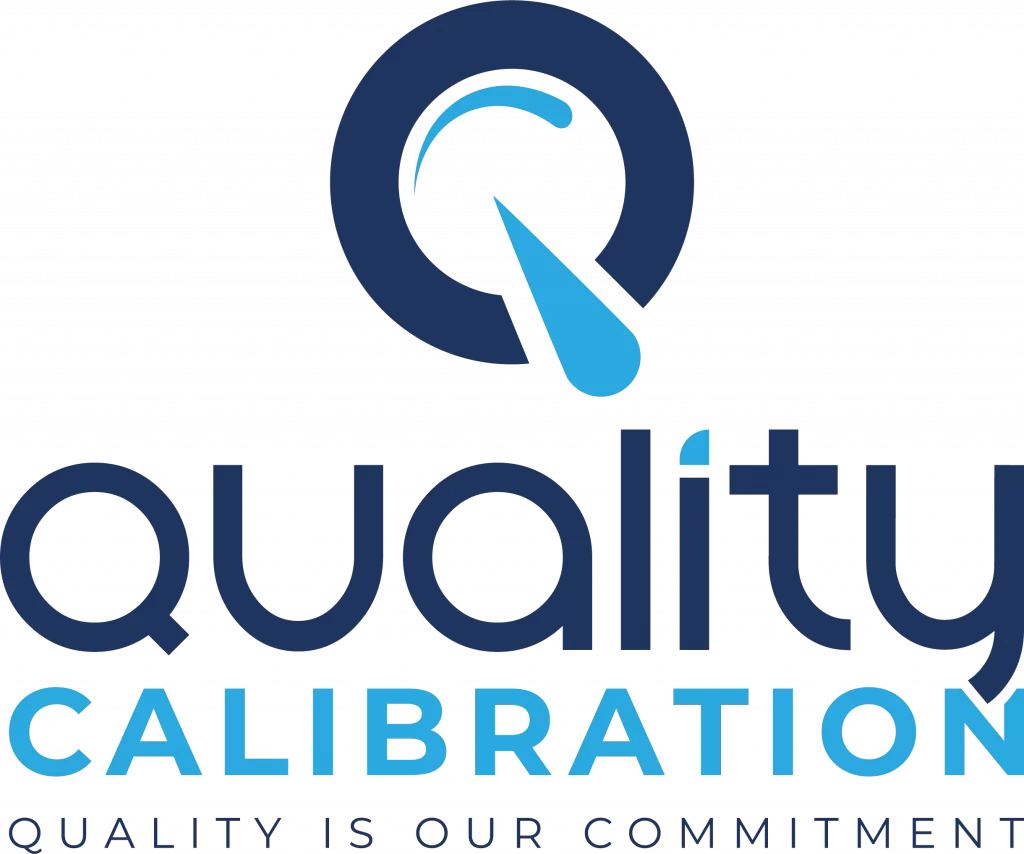Are you ready to embark on the exciting journey of setting up your very own calibration laboratory? Whether you’re a seasoned professional in the field or just starting out, this comprehensive guide will walk you through the essential steps to help you establish a successful calibration lab.
Why Start a Calibration Laboratory?
Before we dive into the nitty-gritty details, let’s take a moment to understand why setting up a calibration laboratory can be a rewarding endeavor. Calibration laboratories play a critical role in ensuring the accuracy and reliability of various instruments and equipment used across industries such as manufacturing, healthcare, and research. By offering calibration services, you contribute to quality assurance, compliance, and ultimately, the success of your clients.
Getting Started: Planning Your Calibration Lab
1. Define Your Niche
Before you begin, boldly define the specific area or industry you want to serve. Choosing a niche will help you focus your services and tailor them to meet the unique needs of your target customers.
2. Research and Compliance
Next, delve into the regulatory requirements and standards relevant to your chosen niche. Compliance is crucial, so make sure you understand the rules and regulations governing calibration services in your region.
3. Location Matters
Now, consider the location for your calibration laboratory. Proximity to your target clientele, accessibility, and space are key factors to take into account.
Legal and Financial Aspects
4. Business Structure
Boldly, decide on the legal structure of your calibration lab. Will it be a sole proprietorship, partnership, LLC, or corporation? Each has its advantages and disadvantages, so choose wisely.
5. Financing Your Venture
Emotionally, securing finances is a crucial step. Explore your options, including loans, grants, or personal savings. A well-thought-out budget will help you allocate funds efficiently.
Equipping Your Calibration Lab
6. Calibration Equipment
Now, let’s focus on the heart of your laboratory: the calibration equipment. Invest in high-quality instruments and ensure they are properly calibrated themselves.
7. Skilled Workforce
Boldly, hire skilled technicians and engineers with a deep understanding of calibration processes. Training and certifications may be necessary, depending on your niche.
Setting Up the Laboratory
8. Design and Layout
Creatively, plan the layout of your lab. Efficiency, safety, and workflow optimization should be your guiding principles.
9. Quality Management System
Now, establish a robust quality management system (QMS). Document your processes and procedures meticulously to ensure consistency and traceability.
Marketing Your Calibration Lab
10. Branding and Online Presence
Emotionally, create a strong brand identity and establish an online presence through a website and social media. Showcase your expertise and services.
11. Networking and Partnerships
Boldly, build relationships with potential clients, industry associations, and fellow calibration professionals. Networking can open doors to valuable collaborations.
Providing Exceptional Service
12. Customer Focus
Always remember that customer satisfaction is paramount. Communicate clearly, provide accurate reports, and offer exceptional service to build trust.
Continuous Improvement
13. Stay Updated
Finally, commit to staying updated with the latest industry trends and technologies. Calibration is a dynamic field, and ongoing learning is essential.
Bottom Line
In conclusion, setting up a calibration laboratory requires careful planning, dedication, and a commitment to quality. By following these steps and maintaining a customer-centric approach, you’ll be well on your way to running a successful calibration lab that meets the needs of your clients and contributes to the broader industry. Good luck on your journey!

Md. Hasan Ibrahim is a Technical Manager at Quality Calibration with extensive experience in the calibration sector since 2015. Holding a Bachelor of Science degree in Mechanical Engineering from Khulna University of Engineering & Technology (KUET), he has received training from various national and international organizations including CSIR-CMERI, QSI, BAB, NML-BSTI, memmert, and X-rite. With expertise in ISO/IEC 17025 assessment, method validation, metrological traceability, and uncertainty, he has successfully completed numerous calibration projects across diverse industries such as pharmaceuticals, food & beverage, oil & gas, textiles & garments, power plants, batteries, chemicals, hospitals & healthcare, and private universities.


